
The Soviet Union became the homeland of animated masterpieces that were known all over the world. Most of them were made by ‘Soyuzmultfilm’. The iconic cartoon about a philosophical hedgehog wandering through the fog was made there (which became legendary Japanese animator Hayao Miyadzaki’s favorite character). And so was the touching story about a small creature with big ears and his friend, the crocodile. Hundreds of heroes, in fact, came out of that studio, raising several generations of Soviet children.

First cartoon "It's Hot in Africa"
Dmitry Babichenko, Alexander Belyakov/Soyuzmultfilm, 1936The studio itself opened in 1936. The government ordered all Moscow animation studios to be united under one roof. It’s believed Stalin himself was the proponent of the move. The buildings that housed the new studio used to be churches, repurposed by the communists.
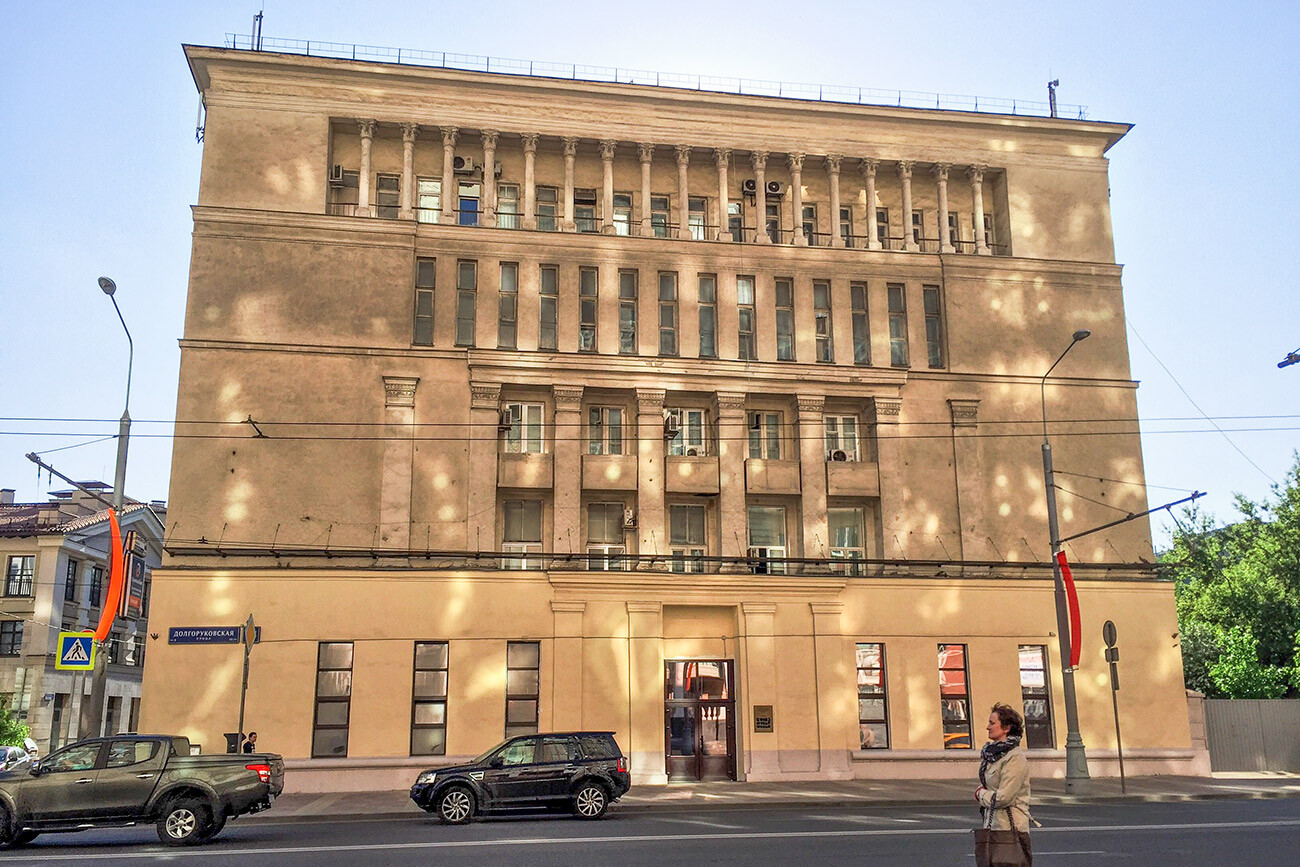
Soyuzmultfilm movie studio. A rebuilt part of the former St. Nicholas Church in Novaya Sloboda
Gennady Grachev (CC BY 2.0)In the early years, the studio took on a Disney model. In 1935, Moscow held an international festival, showcasing its ‘Loony Toons’.
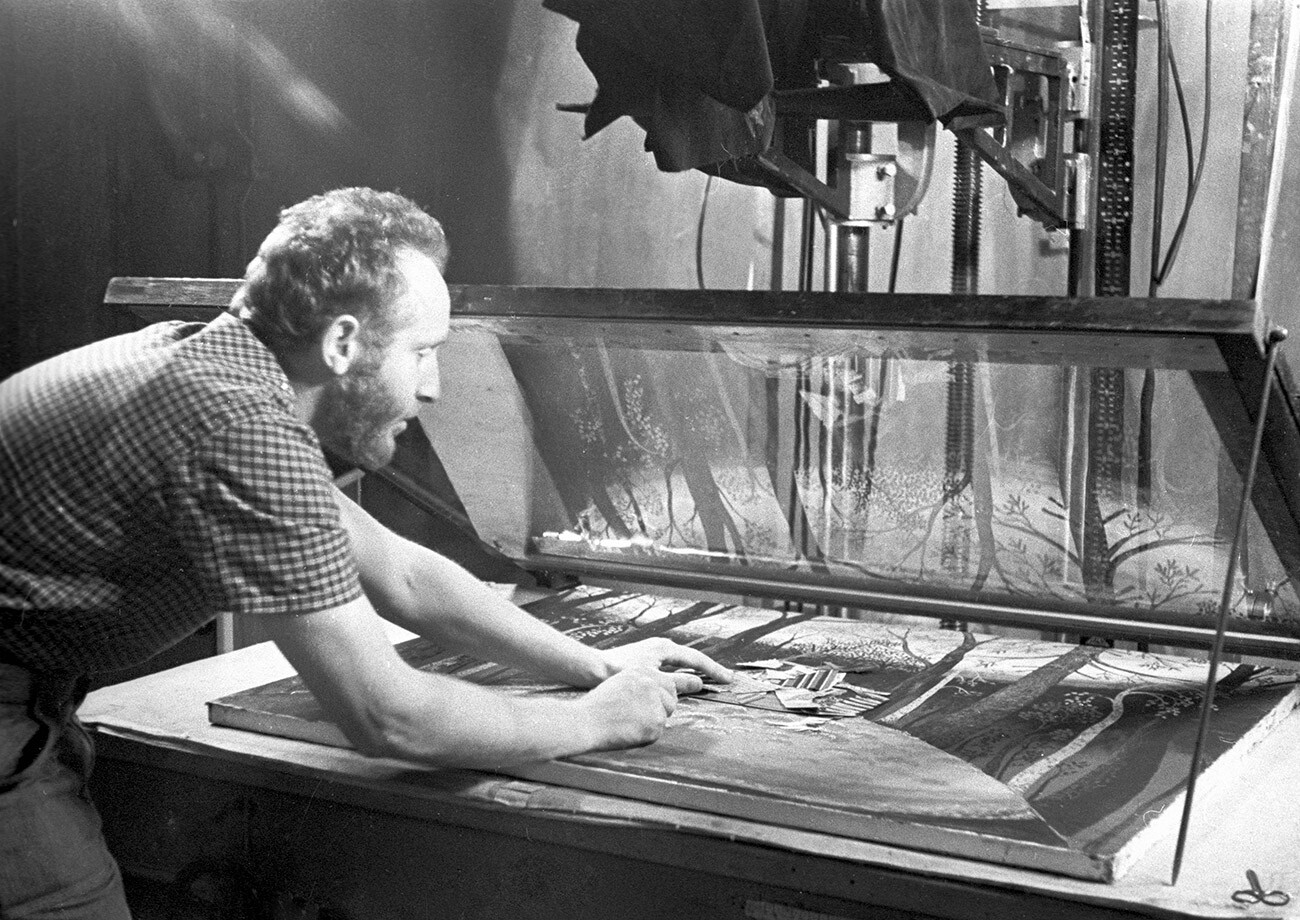
Yuri Norshtein on the set of the fairy tale film "Go There, I Don't Know Where".
E. Stopalov/SputnikSoviet animators were very impressed. “Disney’s ‘Loony Toons’ series challenged the boundaries of traditional social consciousness,” one of the studio’s original directors, Fedor Khitryk, recalled.
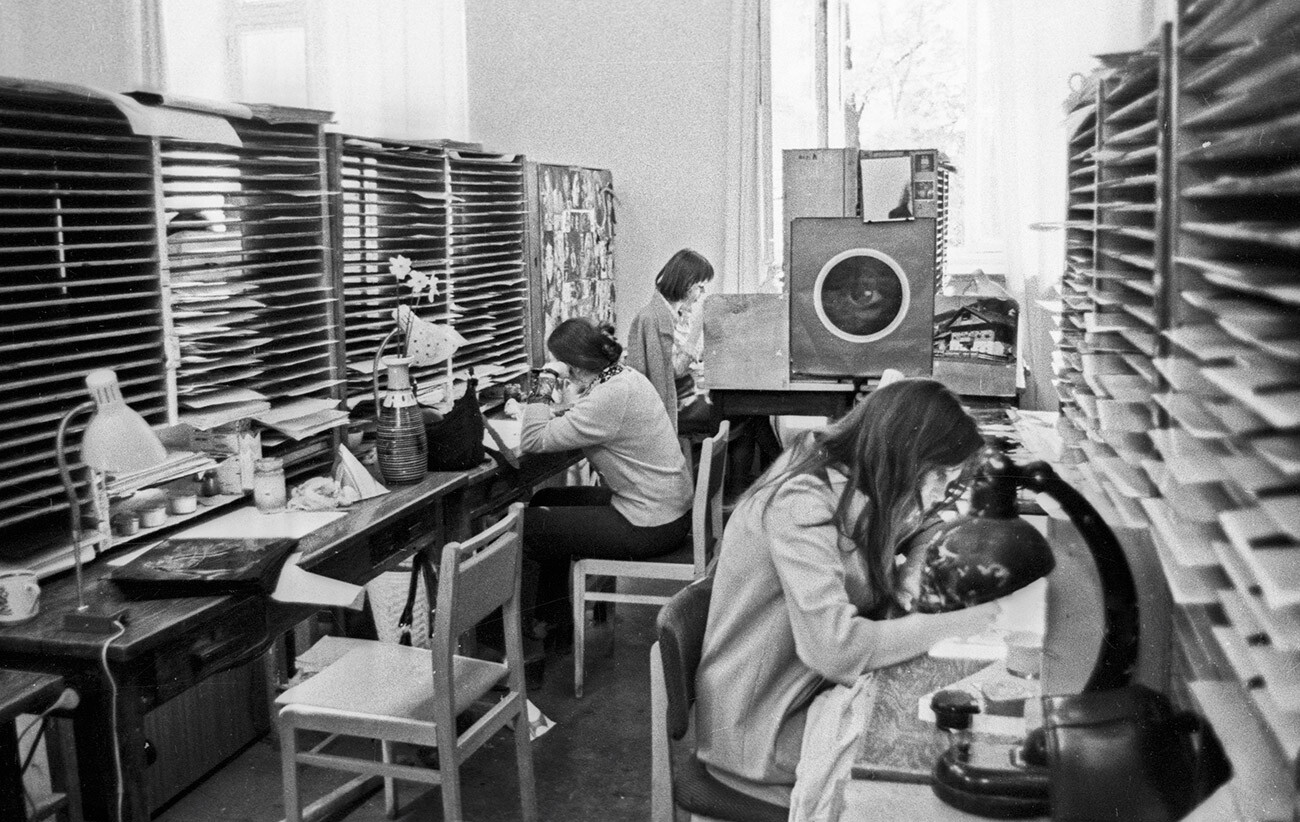
Soyuzmultfilm studio workshop
Sviridova/SputnikSoviet animators were taught their craft using the Disney model: “However sad it may be, we were all initially working using the Disney method and forced to copy not only the technology, but even certained principles of the construction and movement of the characters,” director Ivan Ivanov-Vano says.
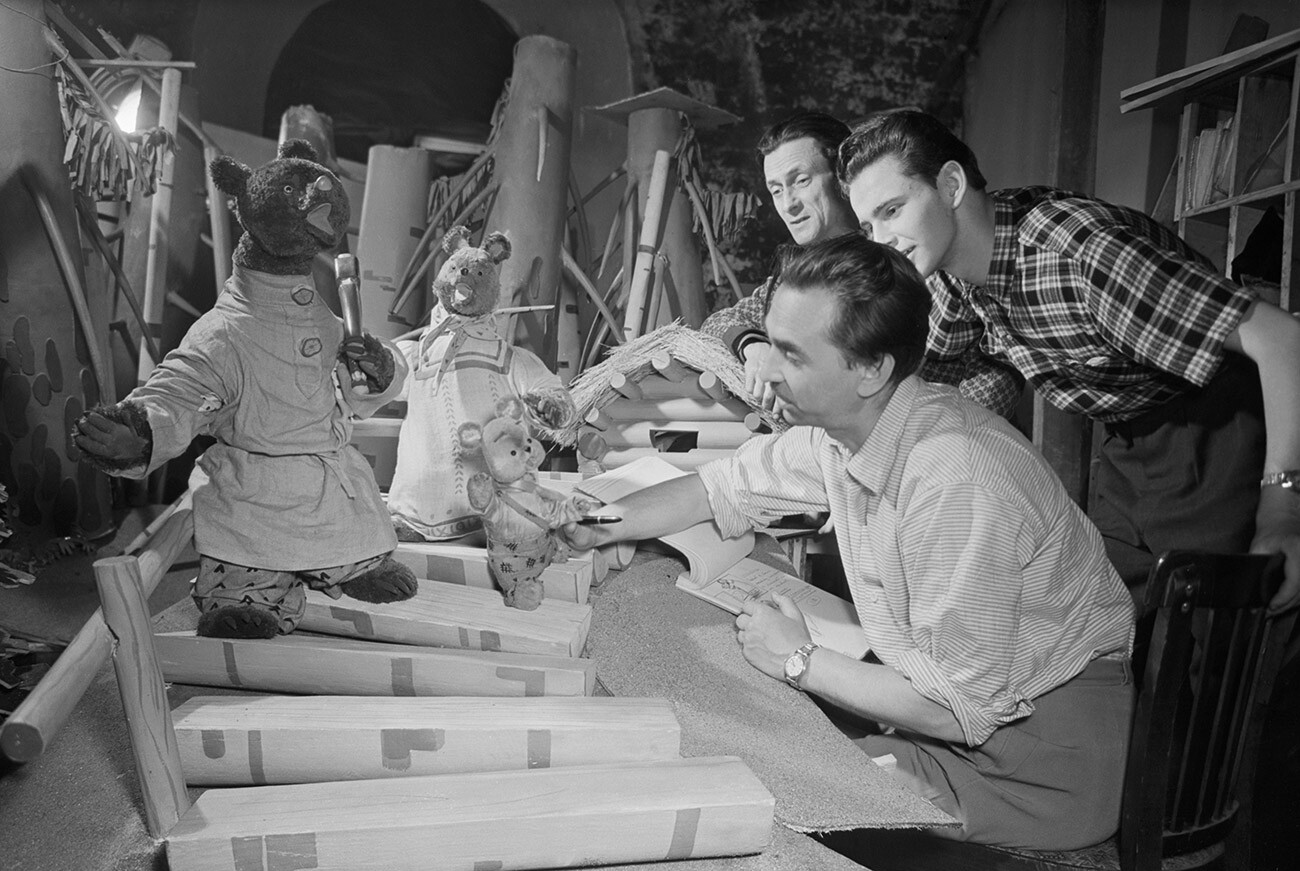
Director Roman Davydov during the shooting of the animated cartoon "The Three Bears"
TASSAt first, there were solely short animations, before new techniques and genres began to emerge.
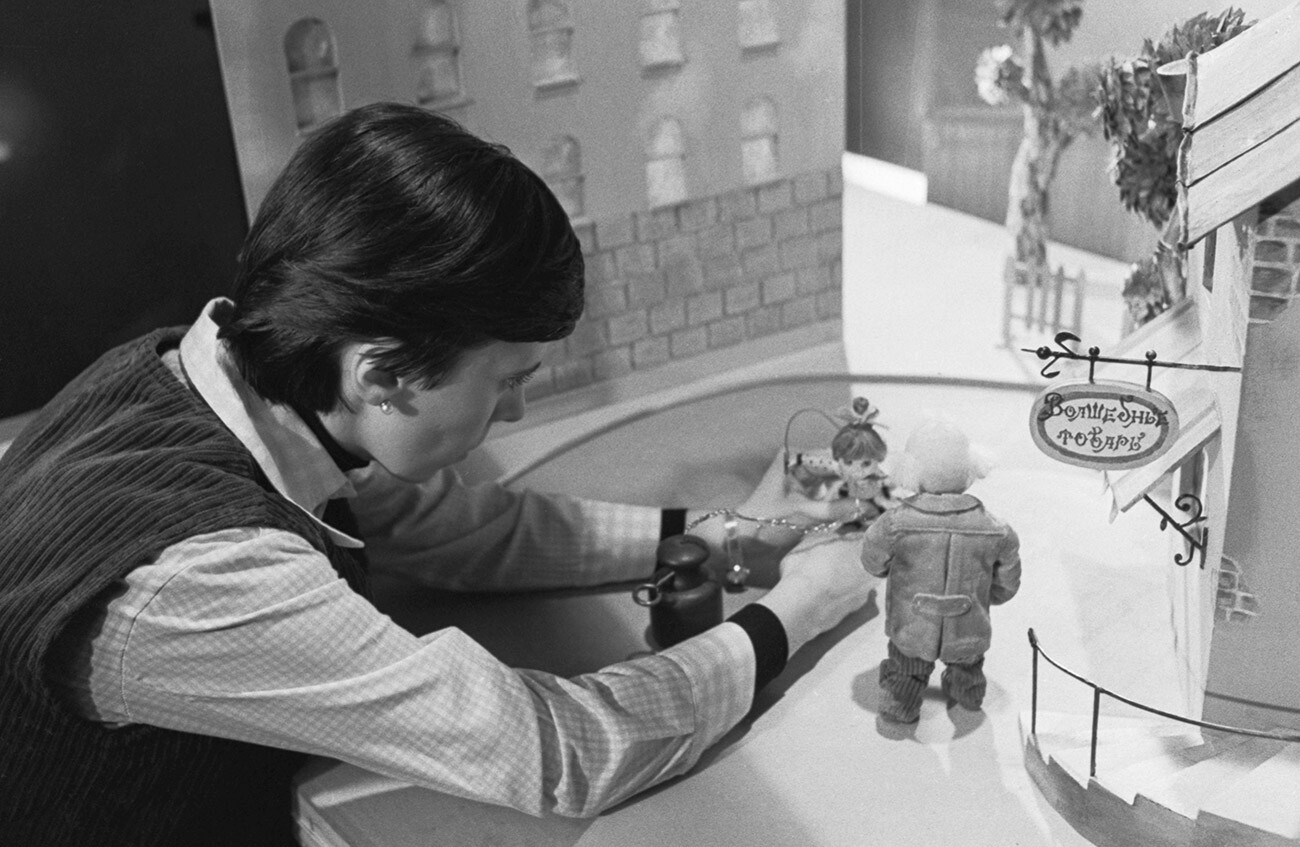
For example, theater actors were starting to be invited: they didn’t only voice the characters - their movements were also filmed, like in movies, before animators copied and committed them to paper as a series of drawings (the so-called “eclair” method). That’s how we got ‘Barmaley’, ‘Moydodyr’ and ‘Limpopo’.

"How to Treat an Ood"
Lyudmila Pakhomova/TASSDuring World War II, the studio was briefly repurposed with the aim of releasing agit-prop movies to raise the nation’s fighting spirit. But things didn’t come to a halt.
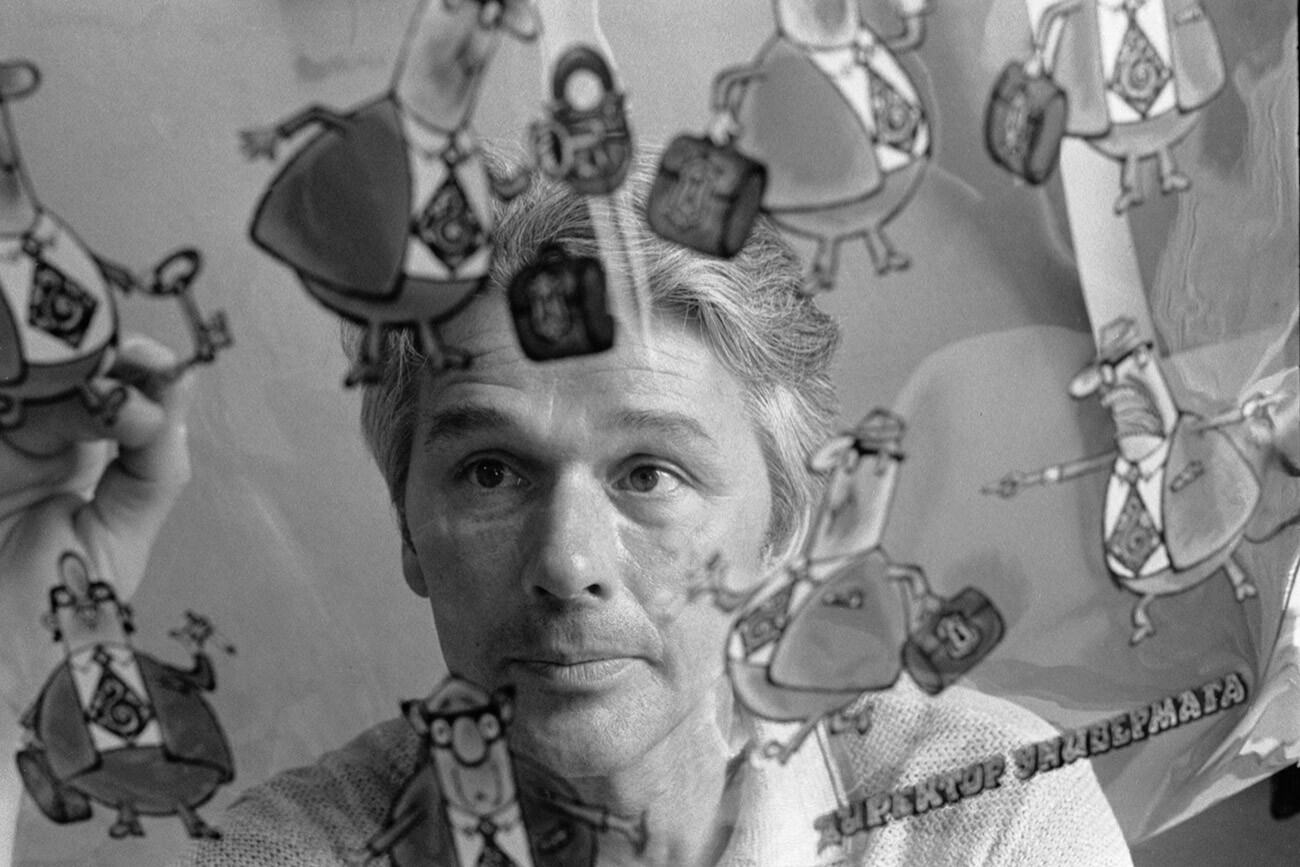
Soviet director Heli Arkadiev
Valery Khristoforov/TASSThe staff evacuated to Uzbekistan, where they’d had to survive in tough conditions - even using film to create various everyday items, such as buttons and brushes. But, even the lack of food, heat and basic materials did not deter the studio from releasing cartoons.
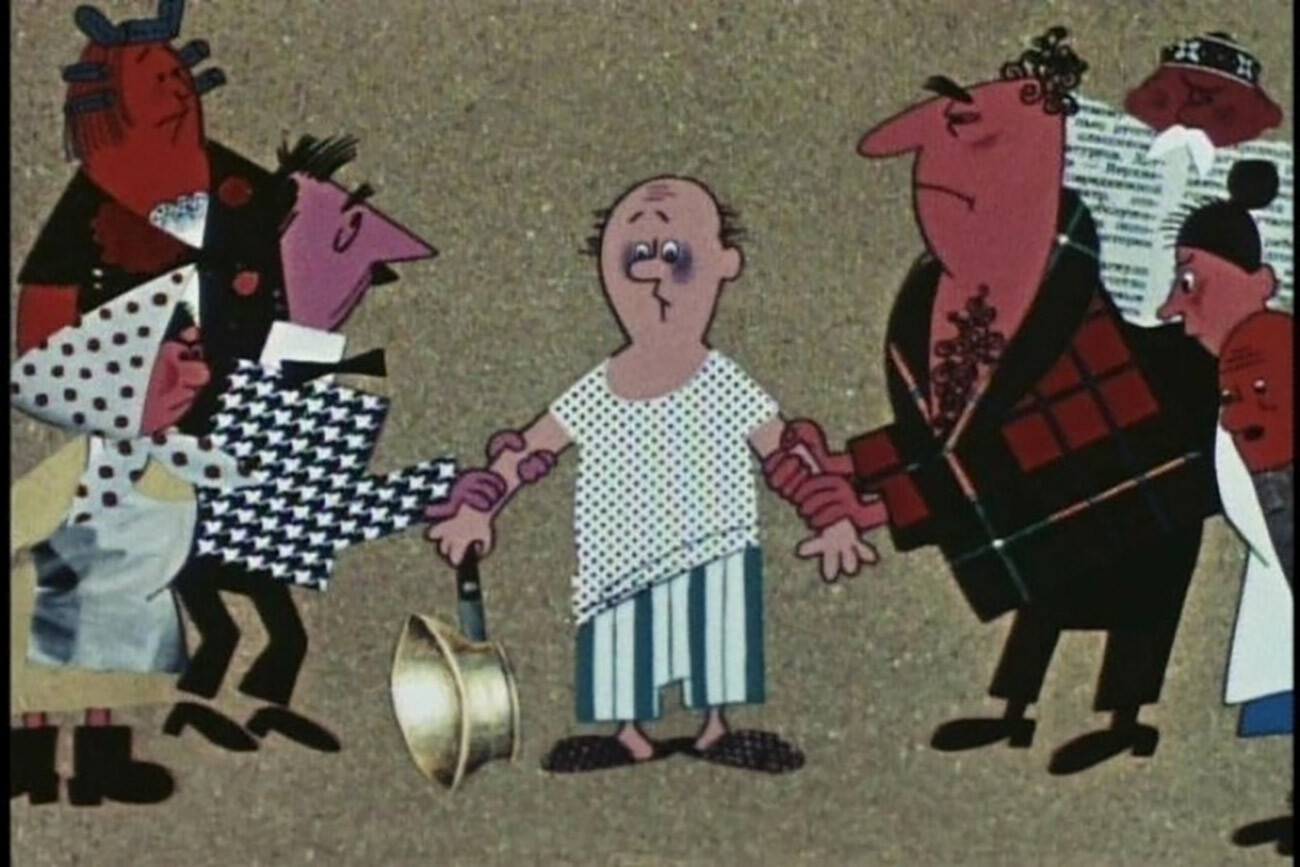
"The Story of a Crime"
Fyodor Khitruk/Soyuzmultfilm, 1962By the end of the war, the studio would already have its own image. It began to depart from the Disney style and started increasingly doing things using the puppet method - wherein puppet motion capture was used to breathe life into characters. The cartoons were a huge success at home and abroad.
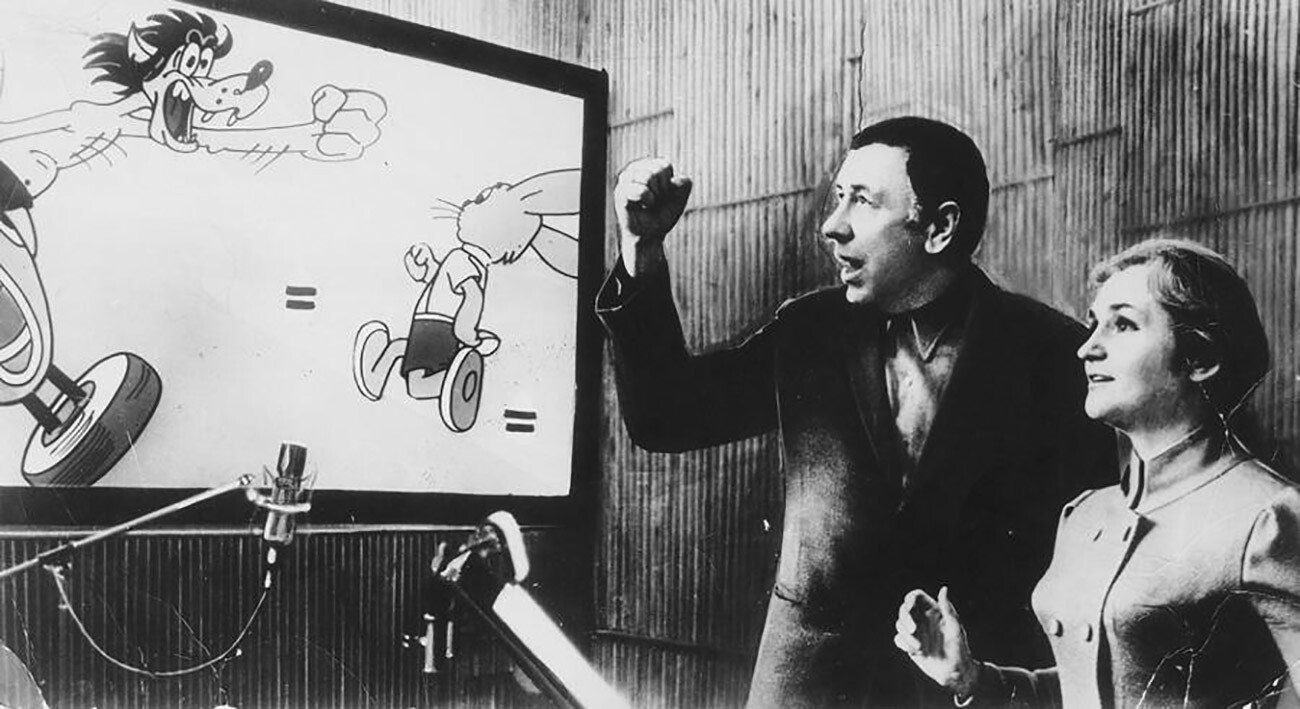
Anatoly Papanov and Klara Rumyanova are voicing the cartoon "Well, wait a minute!"
Archive photoAfter the success of the ‘Snow Queen’ in Venice in 1957, the Pope himself recommended that people watch Soviet cartoons, calling them the most kind and humane in the world.
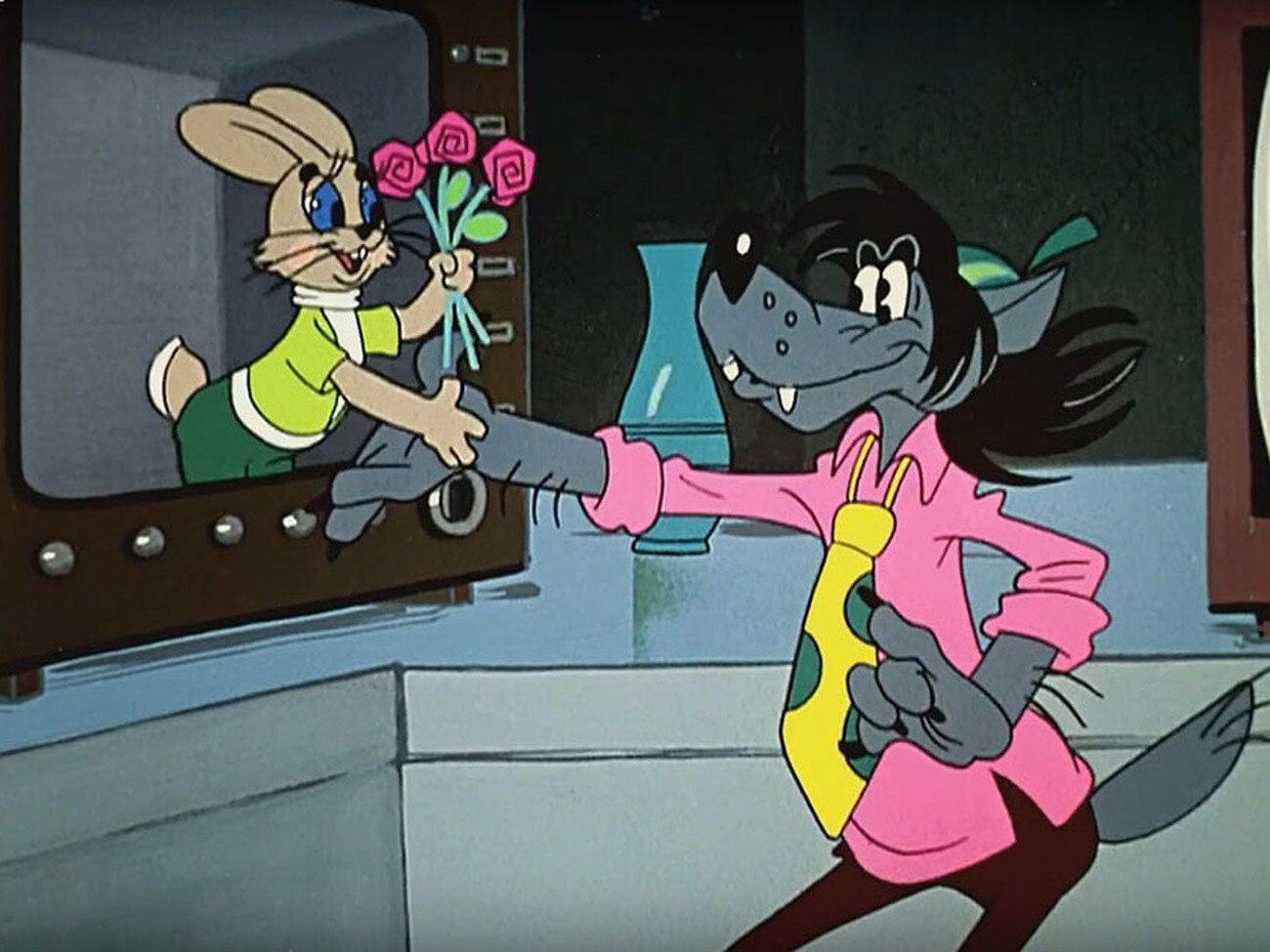
"Well, wait a minute!"
Vyacheslav Kotyonochkin/Soyuzmultfilm,1976The real golden age, however, could be considered to be in the 1970s to the mid-1980s.

"Crocodile Gena's River"
Vladimir Rodionov/SputnikThe period is marked by the release of the iconic ‘Nu, Pogodi!’ and ‘Krokodil Gena’, with ‘Soyuzmultfilm’ becoming the largest studio in Europe, employing over 500 staff and releasing 1,000 cartoons.
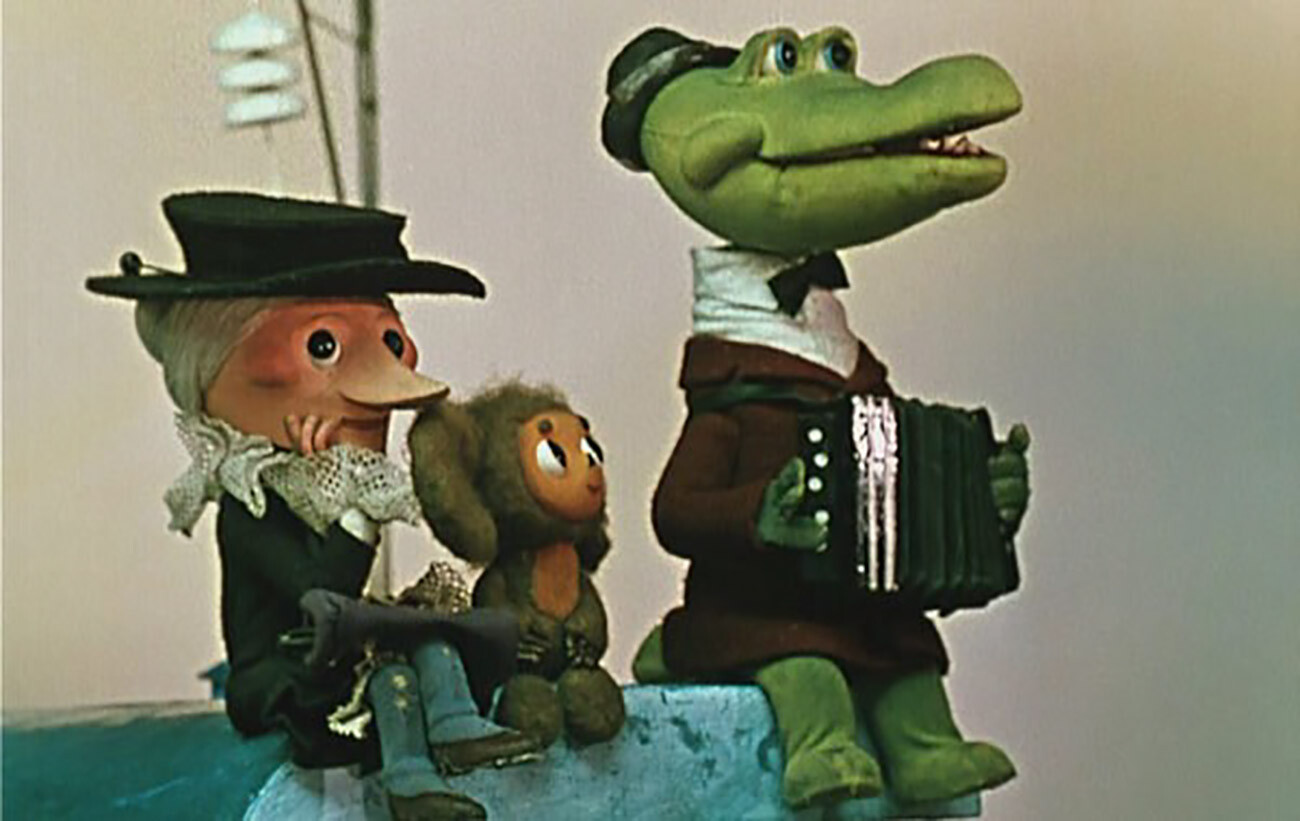
"Crocodile Gena"
Roman Kachanov/Soyuzmultfilm,1974Khitryuk talked about the importance placed on selecting the top professionals and ensuring the best working conditions for them.
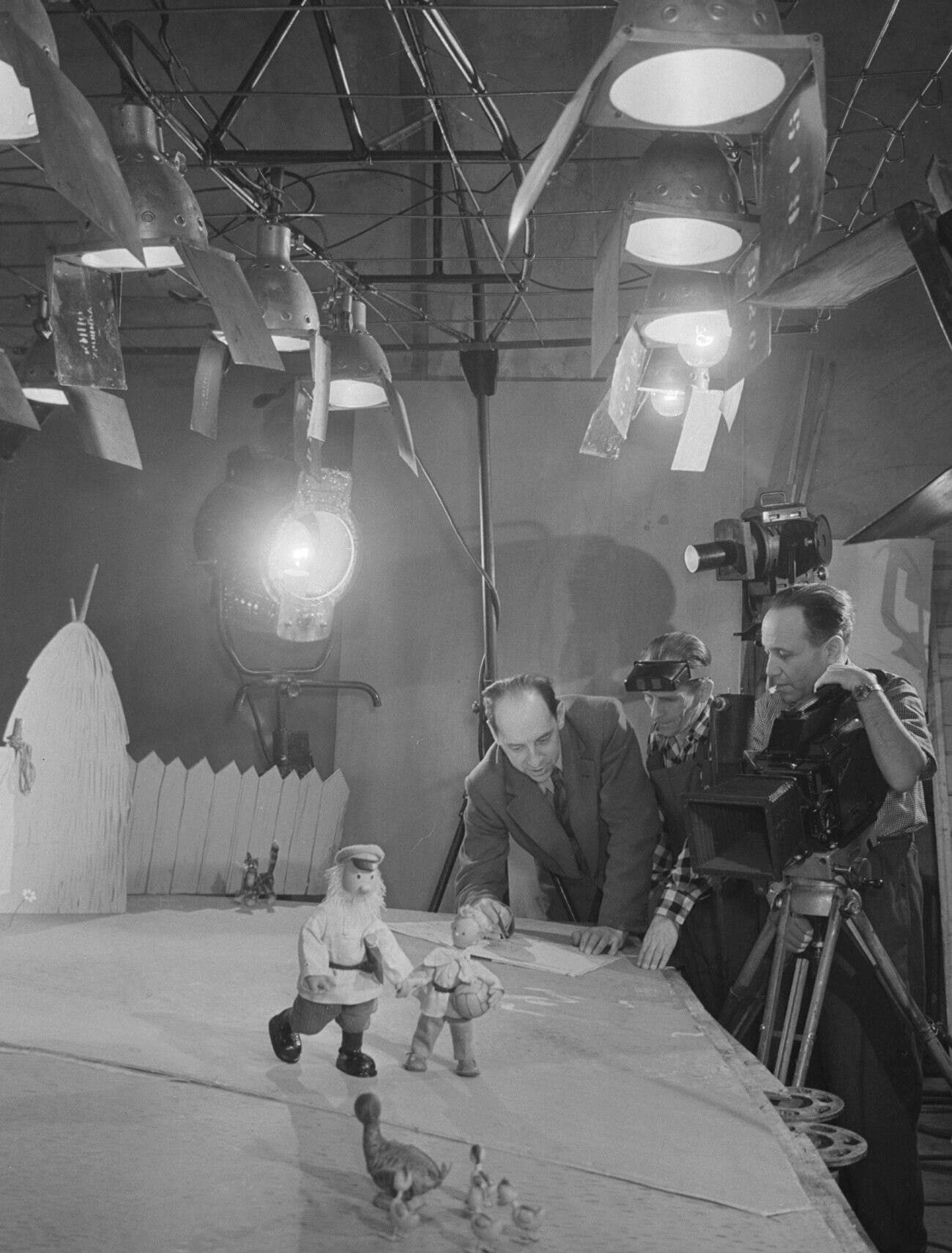
"Petya and the Wolf"
TASS“And we shouldn’t forget that censorship wasn’t really that stringent. There were silly moments when higher-ups strongly insisted on changing some pessimistic finale, but those were quite rare. All in all, there was no madness, we were relatively free to do our jobs.”
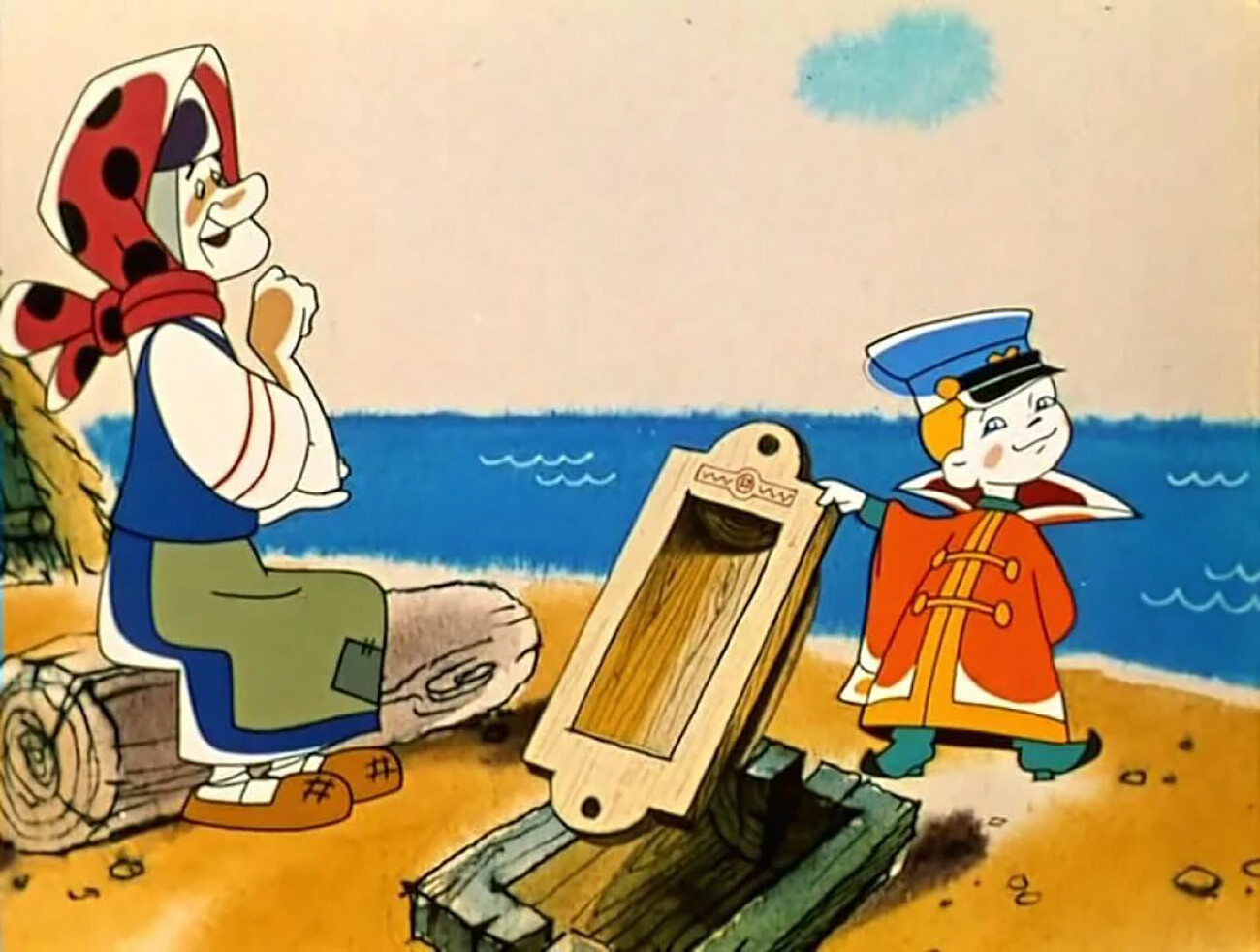
"Vovka in the Far Far Away Kingdom"
Boris Stepantsev/Soyuzmultfilm, 1965In 1969, the legendary Soviet version of Winnie the Pooh came out: it’s the most quoted Soviet cartoon to this day. The Disney version’s author, Wolfgang Reitherman, even confessed that the Soviet philosopher bear was actually more to his liking than even his own creation.
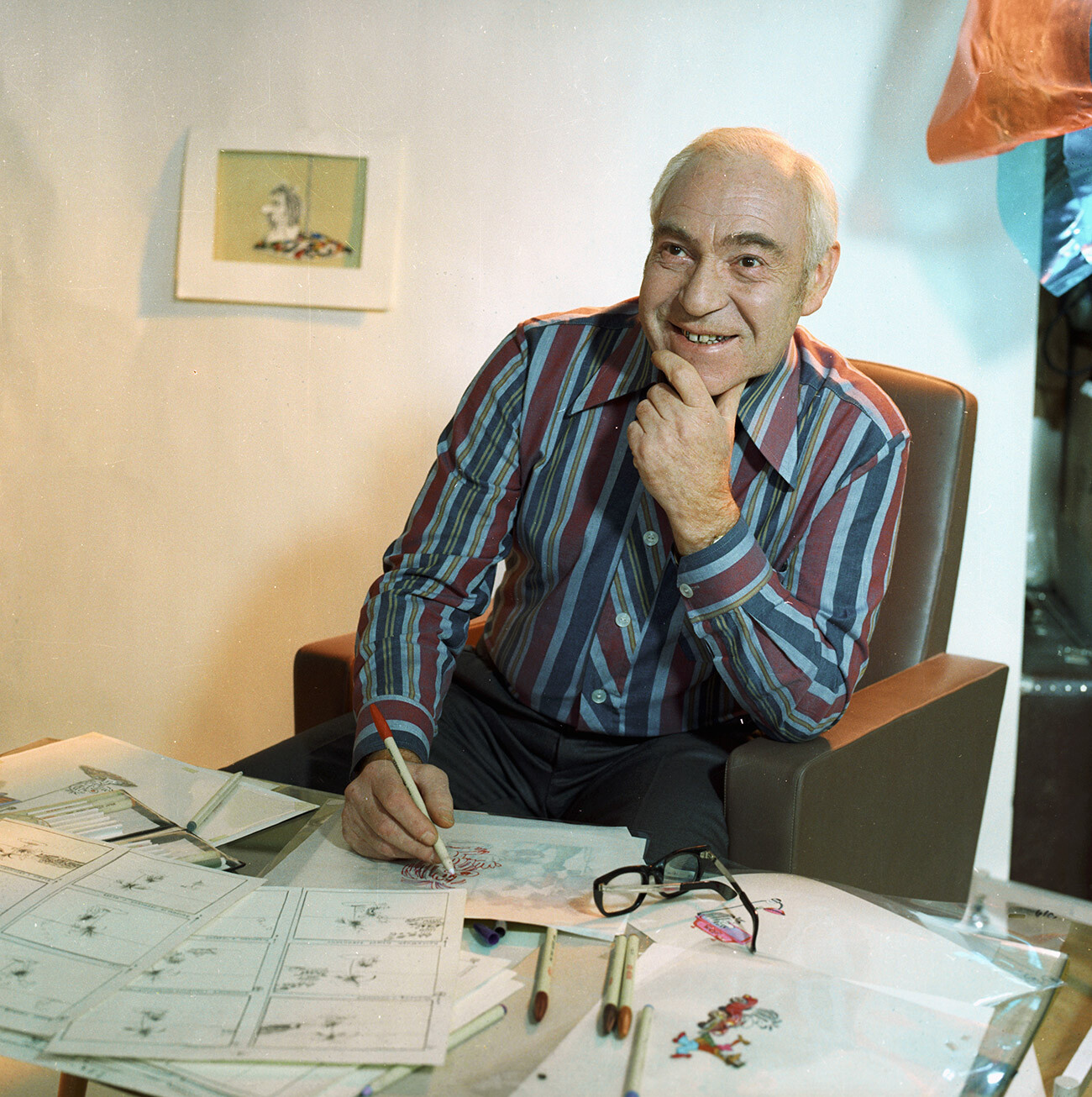
Fyodor Khitruk
Vasily Malyshev/SputnikThe same year, the studio released Yury Norshtein’s ‘Hedgehog In the Fog’ - the best animated film of all time, according to a survey of 140 animators from across the globe. The cartoon, dealing with friendship and fear, won 35 international awards.
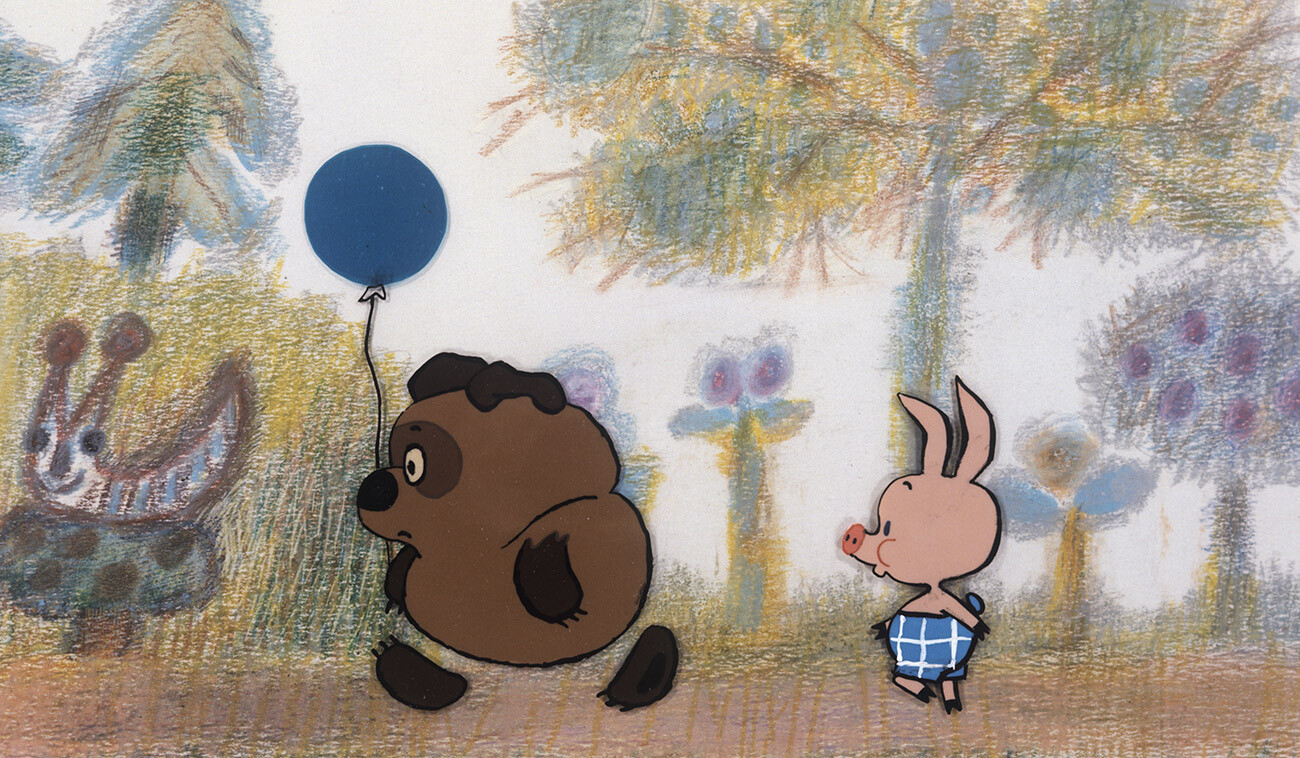
"Winnie the Pooh"
Yuri Abramochkin/SputnikThe 1990s were a tough time for the studio, which saw it on the brink of closure. The original, unique style was simply not having much success with the people amid the onslaught of Western cartoons flooding the country. Moreover, Soyuzmultfilm even survived a criminal break in, so production had to be halted for a time.
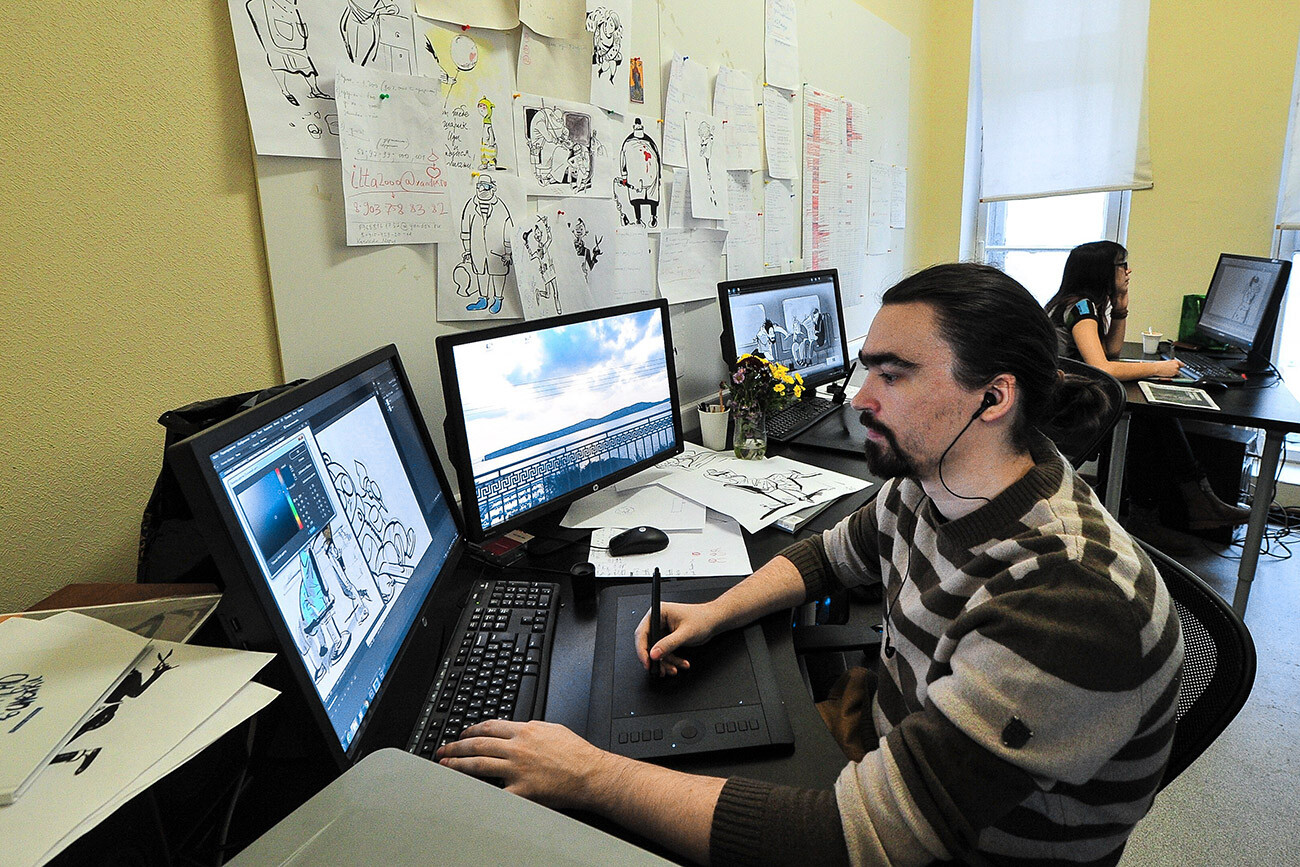
Work of the animation studio "Soyuzmultfilm"
Sergey Kiselev/Moskva agencyOnly after 2011, around the 75th anniversary of the studio, did the Russian animators address the president with pleas to turn his attention to the destitute studio and it finally received funding and a new lease on life. It was a blank slate in all senses of the phrase, although the studio kept all the old rights. A new office opened and a process of technical modernization was completed.

Aside from short animations, the collective set about producing animated series. The cult tradition of using puppet motion capture also somehow survived: the studio ended up releasing the full-feature animated movie titled ‘Gofmaniada’, which took almost 15 years to make.
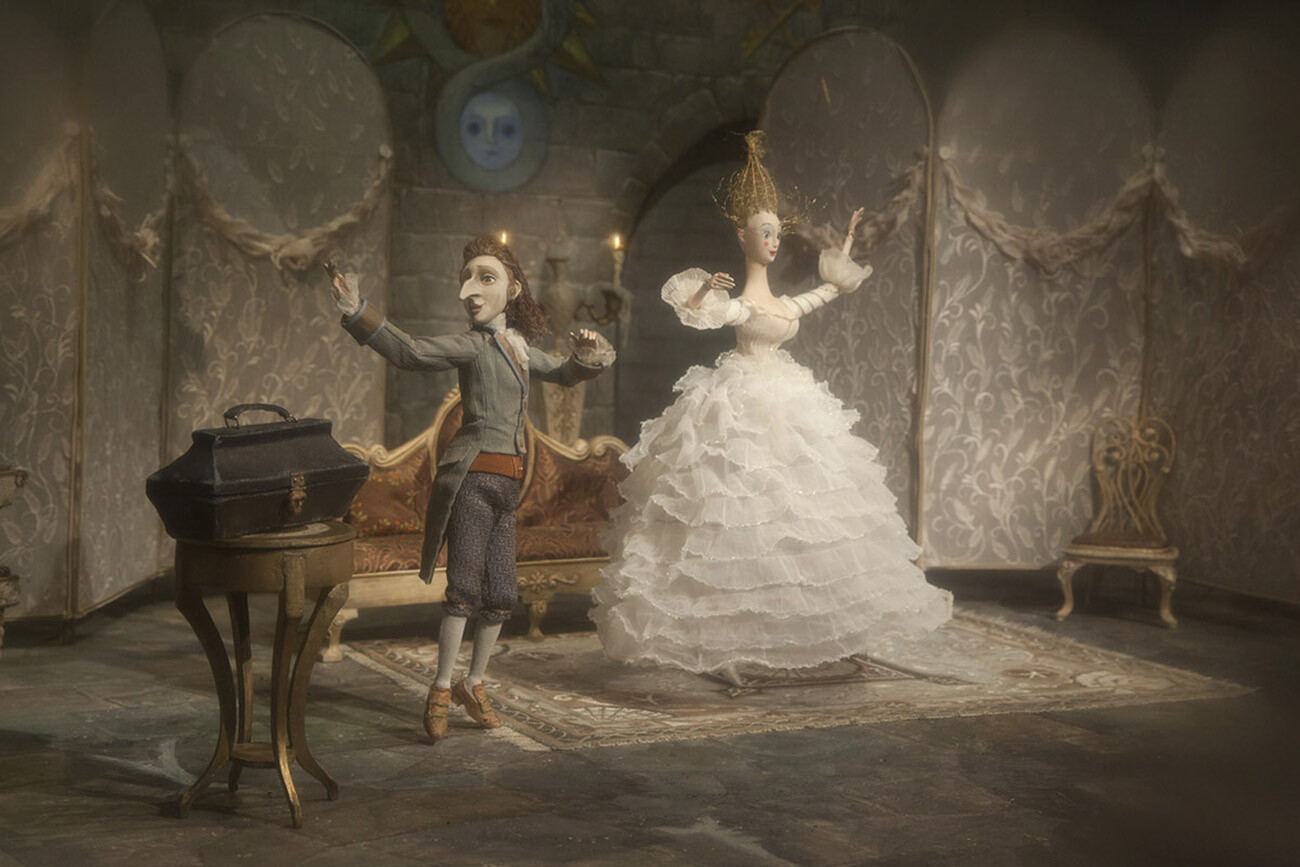
‘Gofmaniada’
Stanislav Sokolov/Soyuzmultfilm, 2018If using any of Russia Beyond's content, partly or in full, always provide an active hyperlink to the original material.
Subscribe
to our newsletter!
Get the week's best stories straight to your inbox